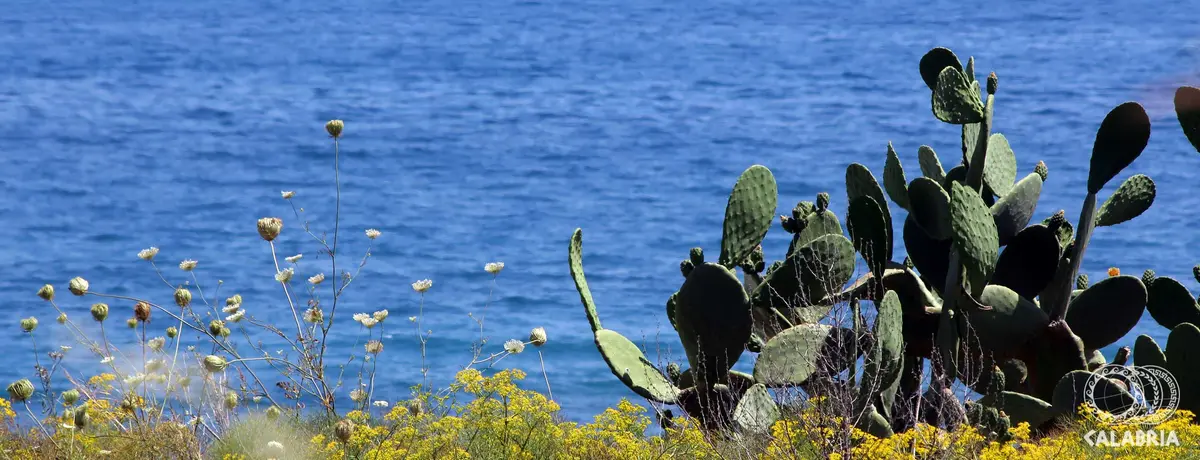Stignano
Stignano, the house of Tommaso Campanella

Town
The small town of Stignano, in the province of Reggio Calabria, was once part of the feud of Stilo, one of The Most Beautiful Villages in Italy in Calabria, with which it has always competed for the birthplace of the philosopher Tommaso Campanella.
It seems that the author of “The City of the Sun” was born here, among these houses on the hillside and the beautiful valley overlooking the Ionian coast.
The birthplace of Tommaso Campanella, declared a “National Monument” is not the only building worth visiting in Stignano, which boasts one of the most important Historic Houses in Calabria: Villa Caristo. The history of this prestigious 18th-century residence is fascinating and is recounted to visitors during guided tours that the owners offer upon reservation. The only example of Sicilian Baroque in Calabria, Villa Caristo and the enchanting park that surrounds it constitute a monumental complex of rare beauty: at the foot of the spectacular staircase, the statue of Tancredi and Clorinda welcomes visitors, recalling one of the most famous episodes of Torquato Tasso's poem, The Liberated Jerusalem; surrounding it, on a series of panoramic terraces, are gardens rich in fountains and sculptures.
In Stignano, there is also the Convent of St. Anthony, founded in 1641, with a beautiful cloister; the Mother Church of the Annunciation and several small churches and chapels, including the 18th-century, now abandoned, Church of the Immaculate Conception. Among the architectural symbols of Stignano that can be seen as you climb up from the coast are the ruins of the evocative Castle of San Fili: a 16th-century defensive structure and part of a larger complex, it is one of the best-preserved coastal towers in Calabria. Renovated for residential purposes, today it is a two-storey triangular building with three towers at the corners, an entrance staircase and a panoramic terrace overlooking the sea.
Useful information
What to know about Stignano
Where to Sleep
There are 1 available accommodations.
Travel Ideas
There are 2 travel ideas.
Infopoint Stignano
via Roma, 9, Stignano
No result









